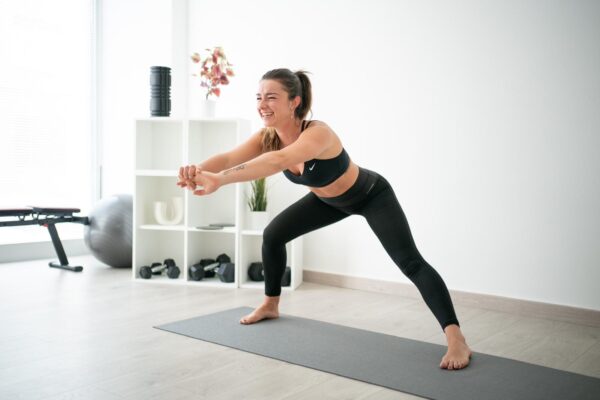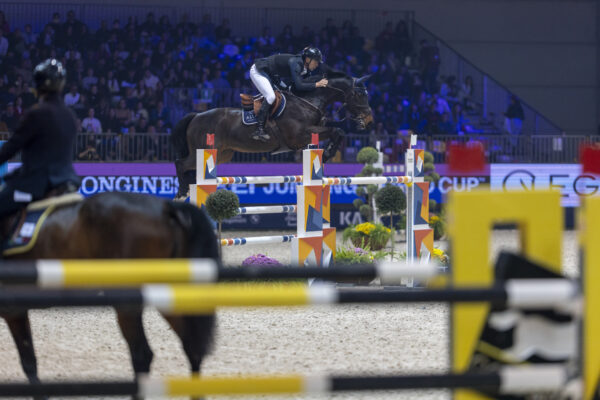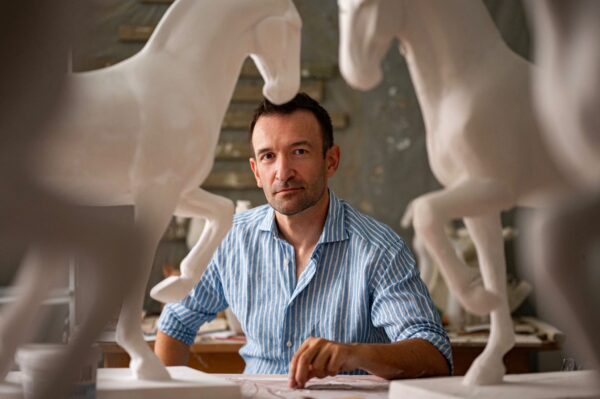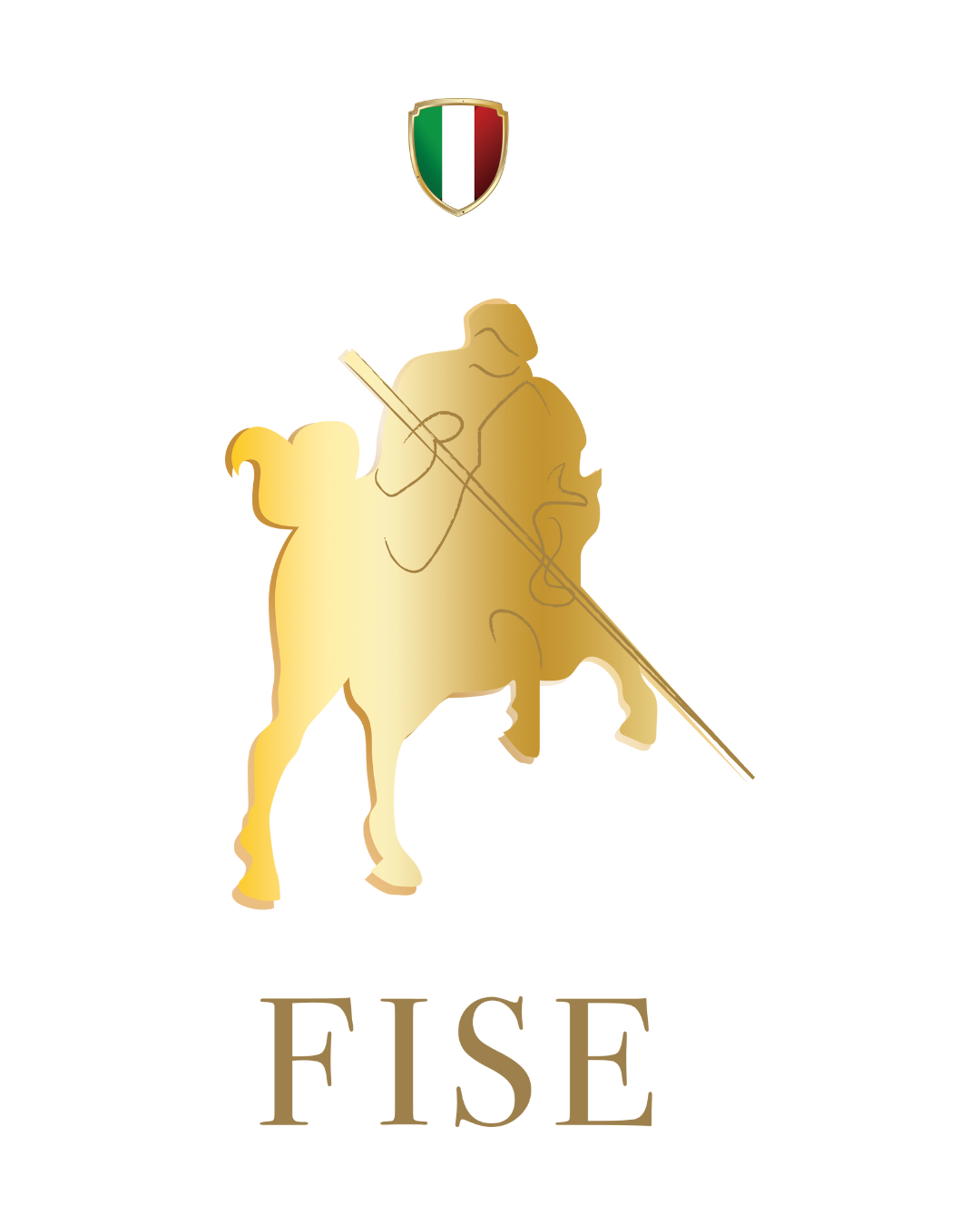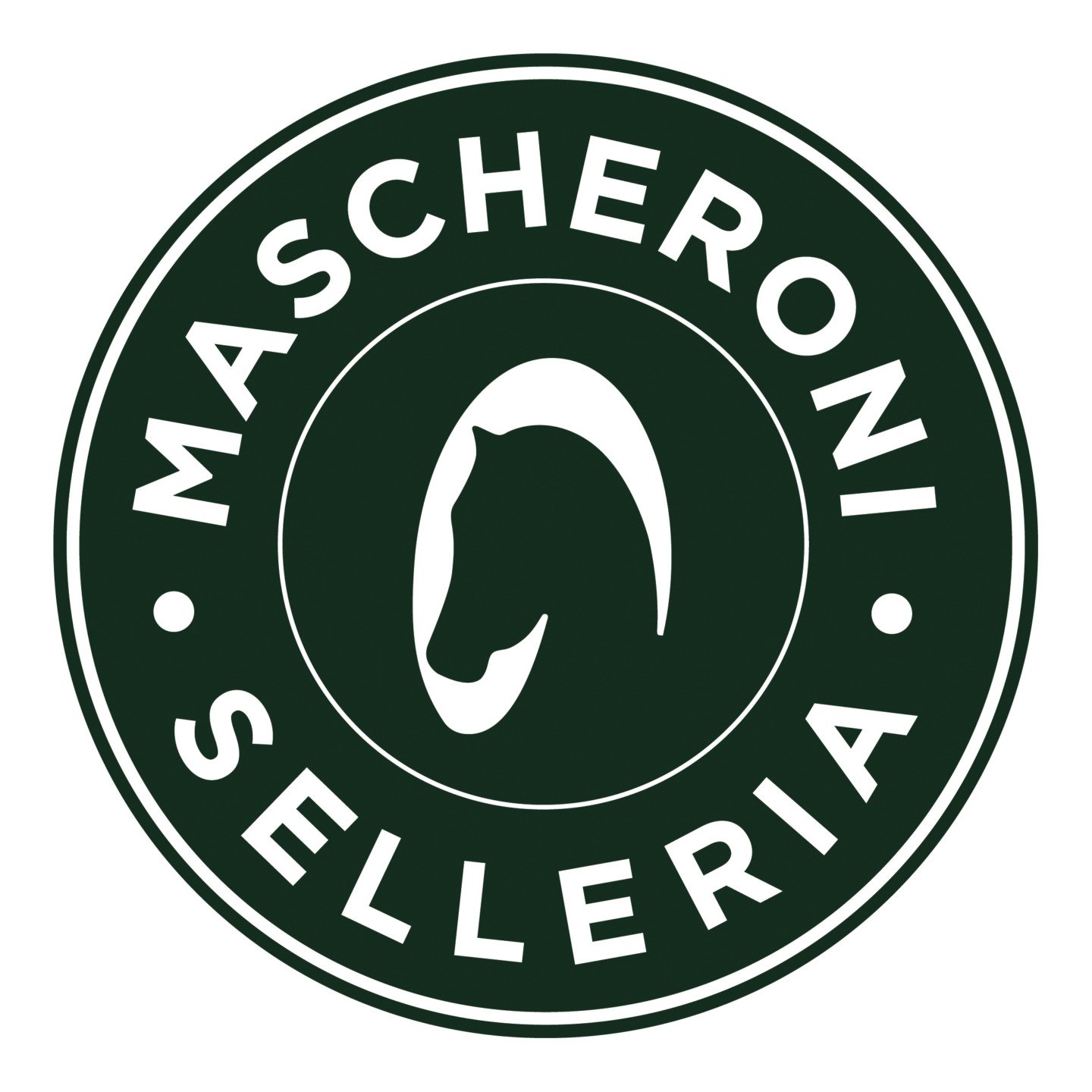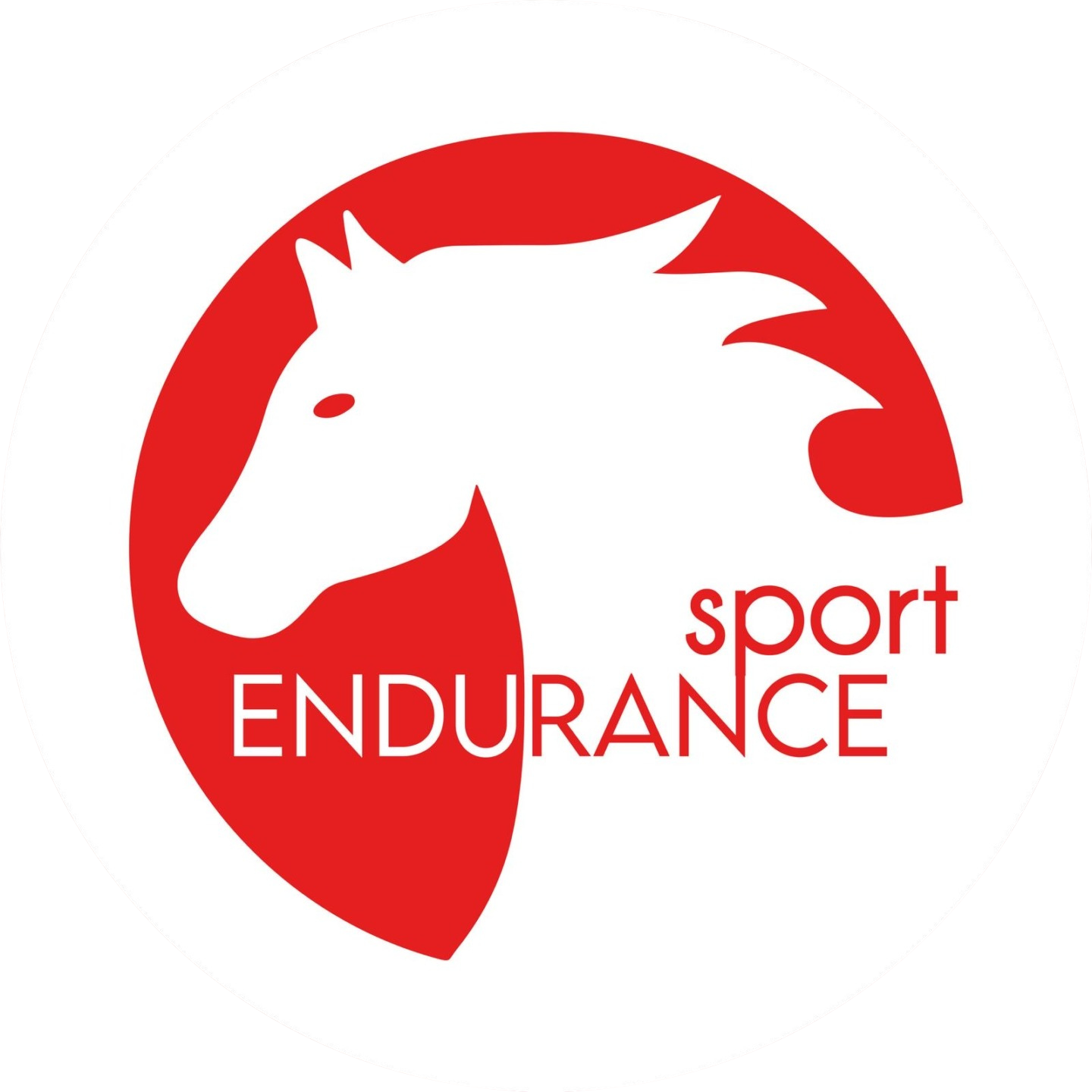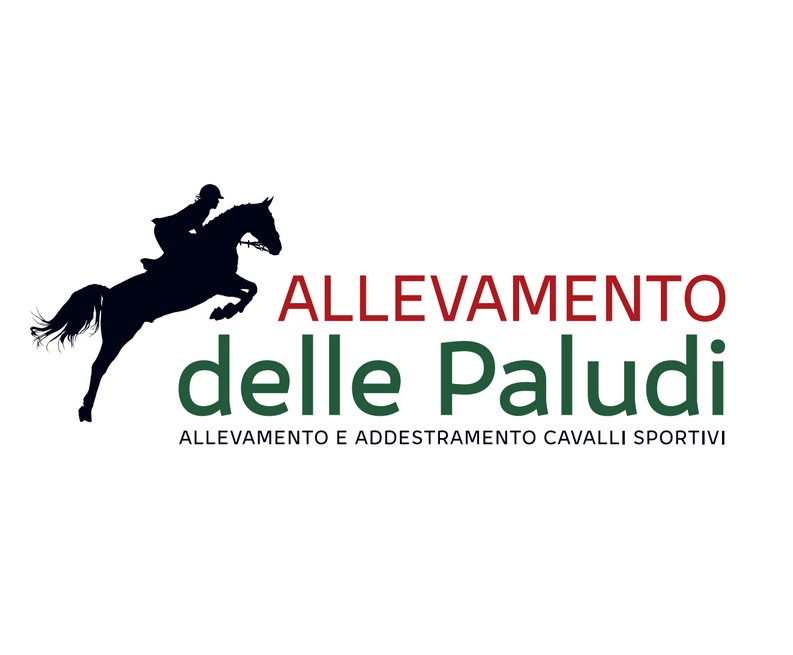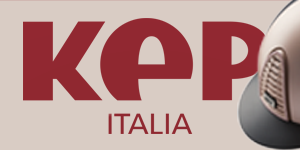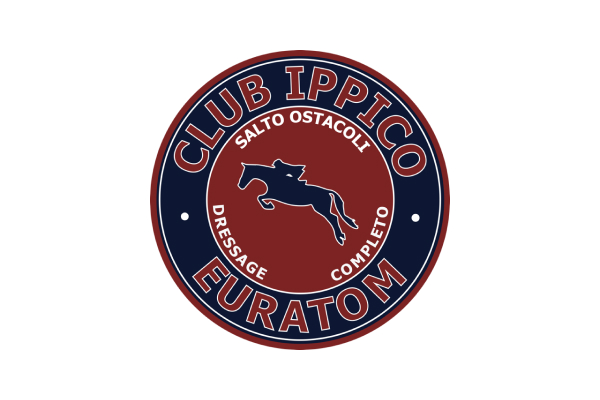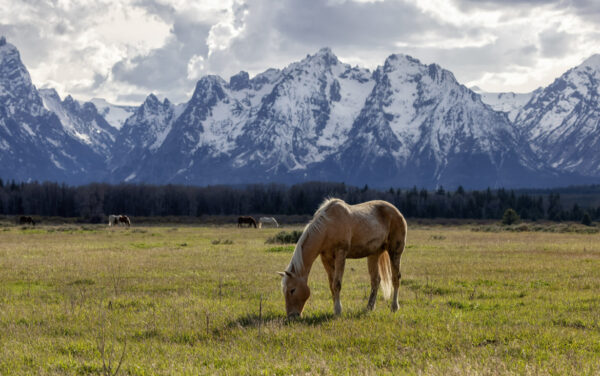
Dressage: one is born a dancer
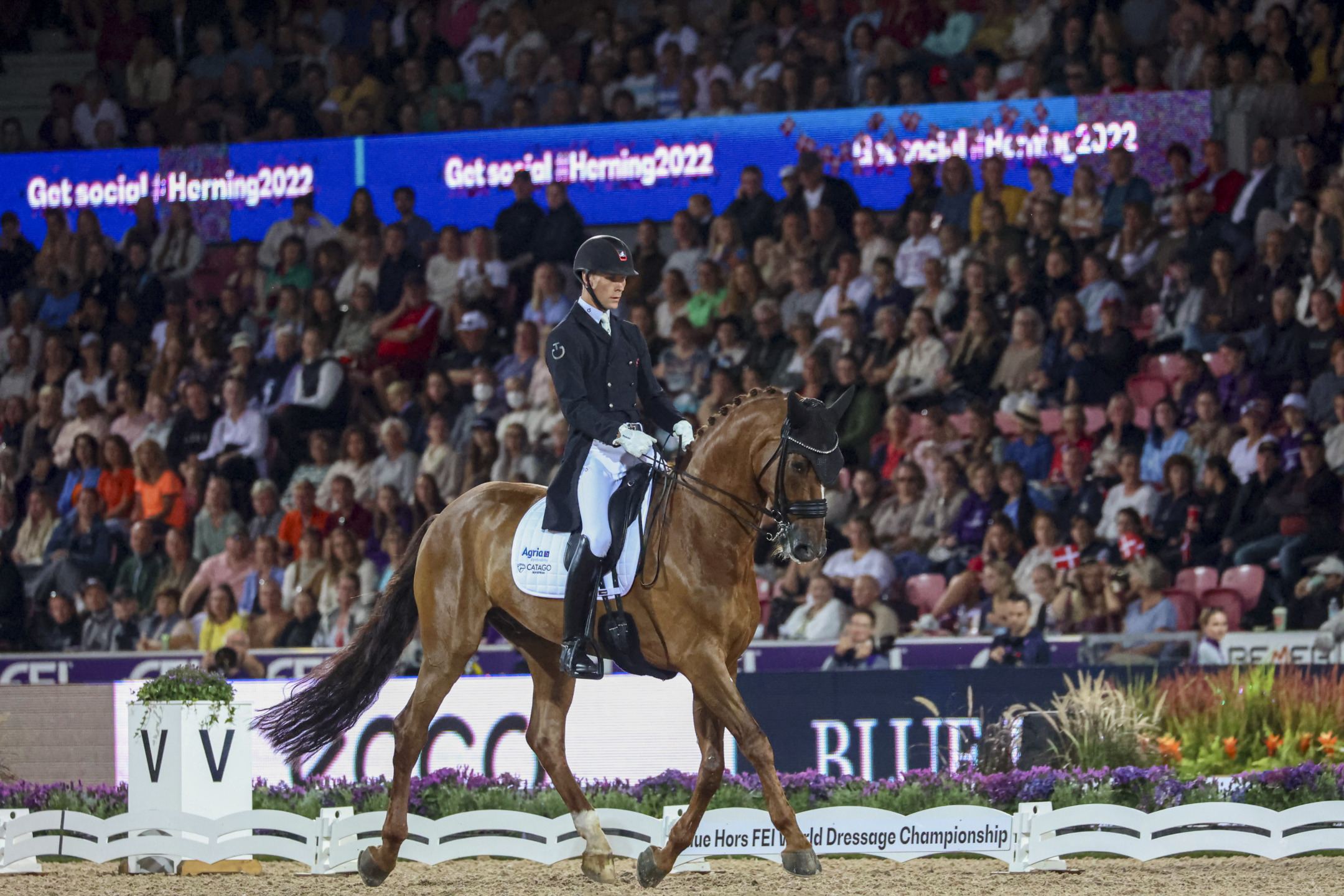
ph. Stefano Secchi
Watching a pair dancing to the rhythm of the music and performing with apparent ease extremely tiring exercises, completely concentrated, as if outside the pair there was nothing and the world ended in that place, a 20 x 60 m rectangle, and in that time, the eight very long minutes of a Freestyle, is a very strong emotion even for those in the stands. There may not be the adrenalin rush of an XC, but there is something else and it is something not to be outdone. There is the total fusion of two living beings.
Dressage, pure harmony between two souls, is the embodiment of the mythological figure of the centaur, half-man, half-horse. The communication between the two elements of the pair is so subtle that it becomes a flow of energy, an idea thought up by the rider that the horse understands even before it is formulated and executes with enthusiasm, it is a whispered invitation, never shouted welcomed and transformed into art.
Head and physique
The fascination of this discipline lies in taking something that the horse can do perfectly well in nature and channeling these skills and its incredible energy to give life to what is, no more and no less, a ballet. But let’s face it: it is not for everyone, neither physically nor mentally.
A properly trained dressage horse ridden by a knowledgeable and empathetic rider seems to do it all on its own and effortlessly. It’s a bit like watching a ballet dancer lifting himself up on his toes, spinning around, jumping throwing his legs around as if it were an everyday occurrence… well, it isn’t in either case.
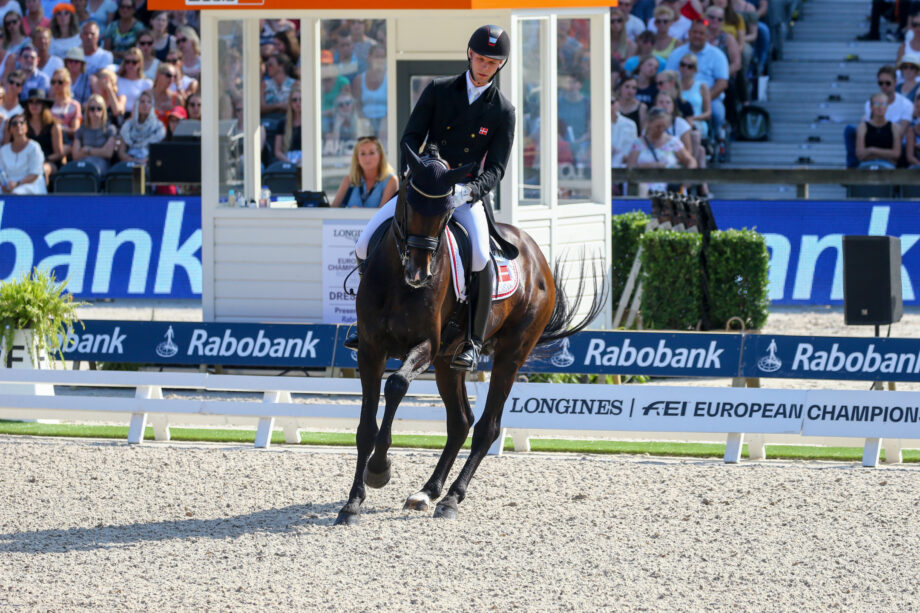
Reaching a high level in dance is, for horses and dancers, an achievement that takes years and years of work, a little at a time, going step by step and without getting ahead of the times. This would be a serious mistake both physically and psychologically: ballet, in both human and equine versions, requires considerable and prolonged effort – a dressage round at the highest level lasts eight interminable minutes that only a well-trained physique, and an even more solid mind, can manage.
But there is more: the fatigue that requires enormous energy but ‘harnessed’ in codified forms requires a remarkable capacity for concentration that not everyone has or manages to develop neither dancers nor horses.
Training and coaching that respects the timing of the body and the mind is essential to keep a dressage horse – but also a dancer!
From nature to performance
One might think, seeing them inside a rectangle, that dressage horses are making movements that have nothing natural about them. In reality, this is not the case at all. Horses in the wild know how to perfectly execute on-the-fly gallop changes, perhaps even just to dodge an obstacle they find in front of them, such as a simple stone.
They know how to execute perfect leans or pirouettes on the hips to get out of the way when the frontal escape route is obstructed… Similarly, to get themselves noticed or to dot the i’s and cross the t’s about their position of prestige in the herd, horses are capable of perfect passage and piaffe. All are capable of this, geldings, females, and stallions… obviously the latter strut more for ‘social and amorous matters’ and resort more often to these movements.
Elongated trots and gallops are also natural, motivated by the need to escape but also, once again, by the desire to be noticed. Dressage has simply codified these movements by transforming them into exercises. What is learned, of course, is to do them on demand, i.e. they are taught a technique whereby they respond to a precise stimulus with a specific movement.
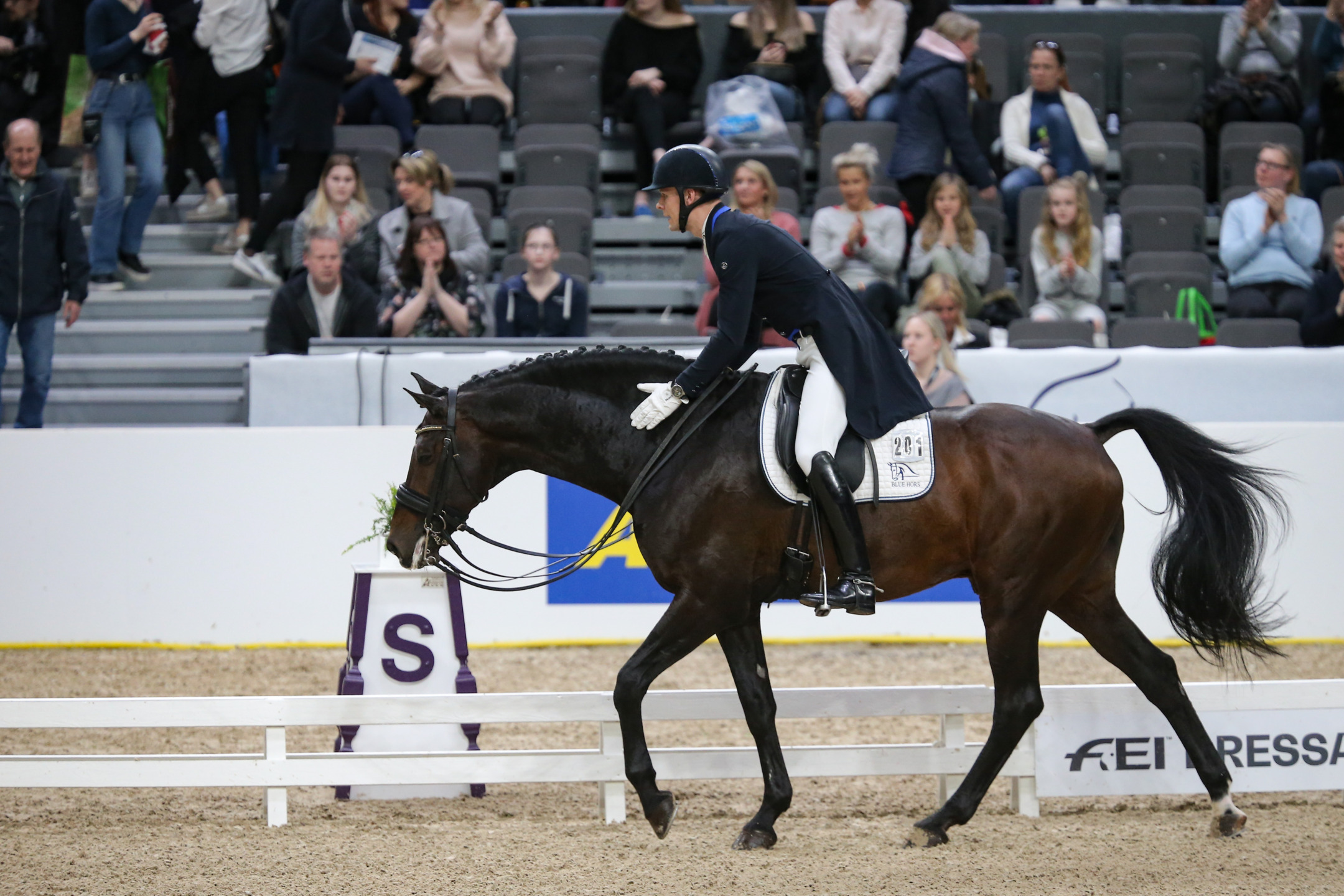
Nature and breeding
In theory, as dressage movements are natural movements of every horse, any subject is a potential dressagist. The difference, however, is how he can perform them, with what effort and at what athletic and aesthetic level.
There are breeds that are naturally suited for this sport, and others that decade after decade have been crossbred to be increasingly easier to work with, both physically and mentally. First and foremost, we need horses with natural co-ordination, that are able to come together with ease, carrying the weight on their hindquarters to lighten their forequarters, thus allowing maximum expressiveness of gaits, but at the same time capable of stride with impressive power and amplitude… this from the physical point of view.
From the mental point of view, we need horses capable of extreme concentration, that are not easily distracted, full of fire, because otherwise their performances will never excite, but willing to put this fire at the service of the rider. It takes, but this is common to all equestrian sports, horses that want to win as much as their rider.
What is sought in dressage horses today is the breadth of gait and the ability to lengthen the stride. This type of work requires taller and more massive physiques and the breeds that have lent themselves best to this have been the German ones, Hanoverian, Westfalen, Oldenburg and Trakehner above all, and later KWPN, i.e. the Dutch horse, created basically for show jumping on the one hand and for dressage on the other with an unprecedented breeding project.
At the breeding level, in addition to the physical skills to be developed and then perpetuated generation after generation, great importance was given to the mental ones with the quest for soundness. As a result, today’s dressage horses are truly naturally dedicated to the sport.
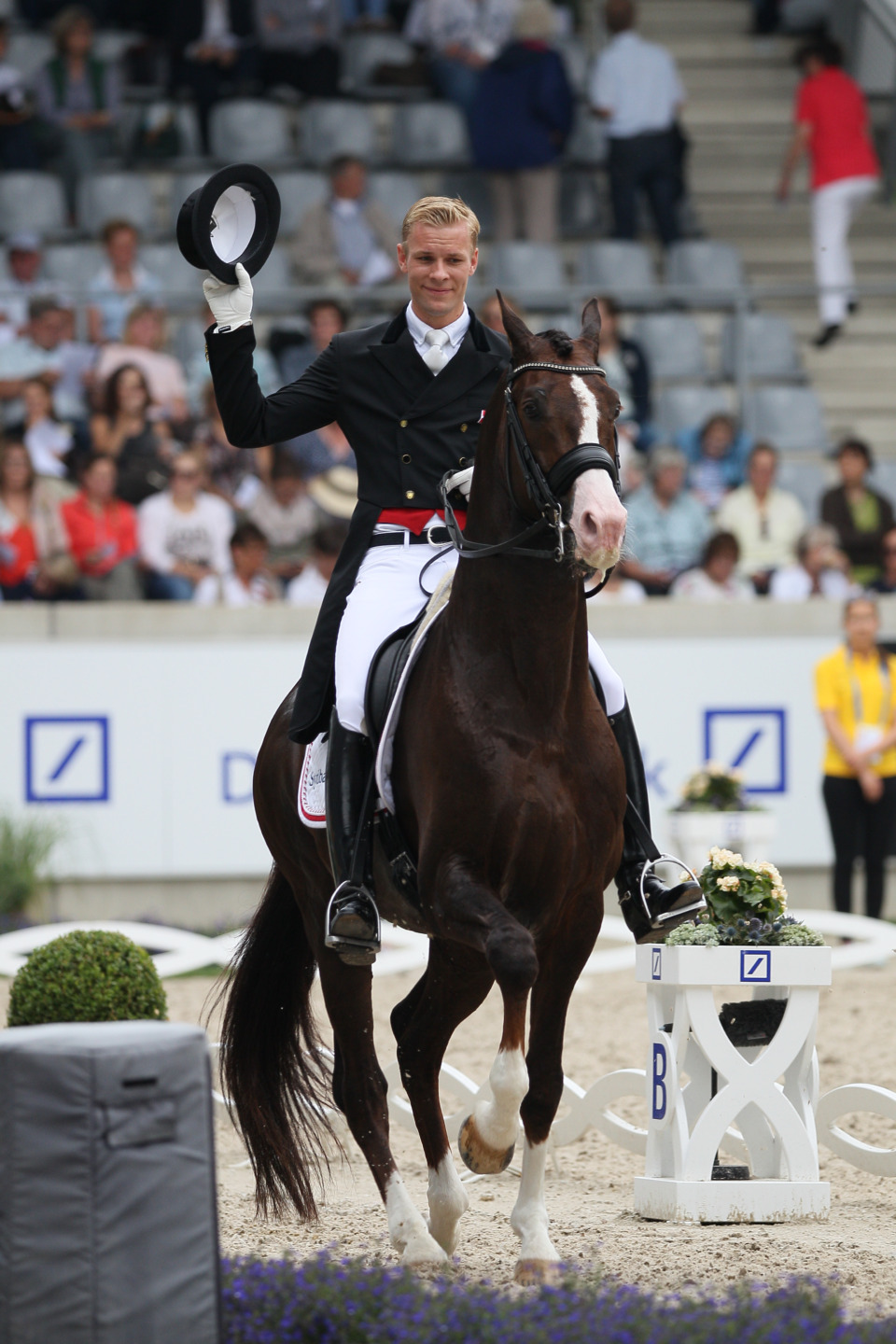
Athletes for two
In order to reach the highest level in this discipline, however, the physical and mental qualities, to be sought in all horses suitable for this sport, double. The real difference, in fact, lies in the introduction, within the competition routine, of the piaffe and passage round, completely absent up to Grand Prix level.
Horses capable of reaching, once adult, the highest levels, must begin preparation for a Grand Prix level, and therefore training also of piaffe and passage, around the age of six/seven. This passage is really delicate, it is necessary to know how to use the right ways and the right timing so as not to overthink a horse that is still too young to withstand certain pressures, however, it is right to begin with preparation at the highest level.
One must not, therefore, be in a hurry in training but, at the same time, one must start with preparation at the right time. The alchemy of dressage is not simple but that is what makes it so fascinating.
Elena Pecora
© Rights Reserved.





.png)
